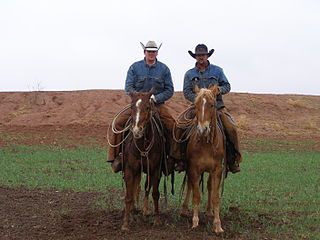From Guest Blogger Clint Robertson: Why is Texas Lagging Behind in Solar?

Investments in wind
Perhaps the reason for the lag in solar energy has to do with the state’s big investments in wind energy instead. In 2005, the Texas legislature set a goal requiring retail electricity providers, such as Ambit Energy, to collectively provide 10,000 megawatts (MW) of renewable energy within 20 years. Because wind power was a cheaper option than solar, these retail companies jumped on the opportunity to place their investments in wind turbines. With these heavy investments in wind energy it took Texas just four years to reach the renewable energy requirement set for 2025. Today, Texas is the largest producer of wind energy in the nation with more than 10,000 megawatts of wind energy, according to the U.S. Energy Information Administration.
Lack of statewide incentives for solar
The growth the state has seen in the solar industry is largely attributed to utility initiatives. But many believe the lack of a centralized incentive program has hindered solar from more success in Texas. Some utilities in regulated areas of the state, such as San Antonio and Austin, are government-owned and have larger budgets for solar incentives. In these areas, utilities build or invest in their own solar arrays and might even offer rebates or lower electricity bills for residential customers who contribute solar energy to the power grid.
Land used for farming
Texas is a massive state with large expanses of land. It seems like these open spaces would be a great opportunity to install fields of solar panels. However, much of the state’s land is used for farming and ranching to provide the nation with vegetables, fruits and beef. According to the Texas Department of Agriculture, the state has more than 247,000 farms and ranches covering 130 million acres, which produce commodities such as cattle, milk, grains, wheat, vegetables and cotton. The agency also states that the fiber and food sectors in Texas have an economic impact of more than $100 billion. Though covering the land in solar panels would push the state to the number one solar producer in the nation, it’s doubtful Texas would want to give up its valuable farming opportunities.
Fossil fuel resources
The Lone Star State is arguably the most energy-rich state in the nation. Texas not only leads the nation in wind energy, it is at the forefront of the natural gas and oil industries too. The state has more than 5 million barrels of proven oil reserves and is home to more than 23 refineries, both on and offshore. In addition, Texas boasts three fracking sites to harness natural gas resources trapped beneath shale rock formations. Today, the oil and natural gas industries support almost 25 percent of the Texas economy, and is responsible for 14.3 percent of employment in the state, reports NBC News. While the state is keen to move forward with renewable resources, it’s not likely to rapidly abandon its dependence (and the nation’s) on oil and gas for a more aggressive approach toward solar.
Clint Robertson is a freelance writer who has held numerous positions in the energy industry. His work promotes ways to educate the general population and reduce the carbon footprint for the betterment of the world by focusing on our need for renewable energy sources.
